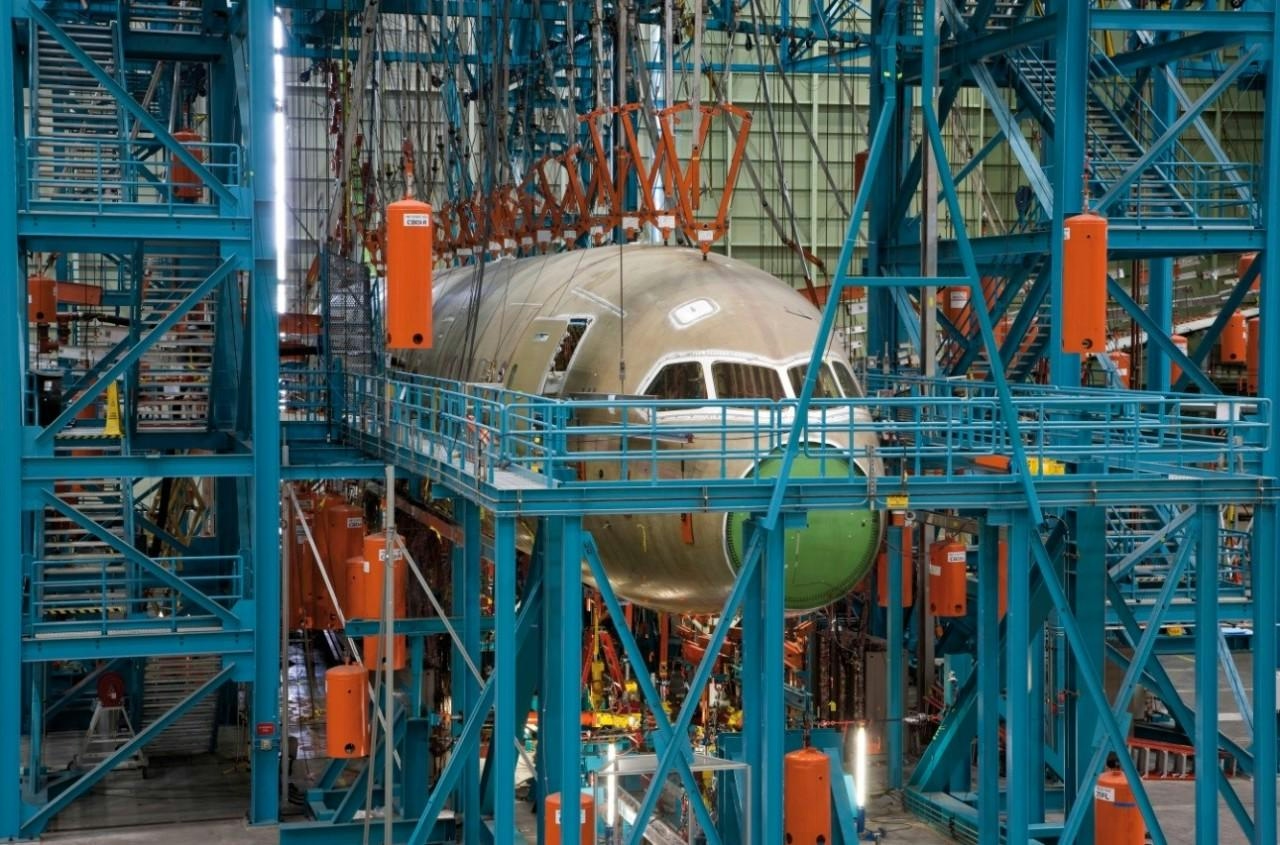
AeroGenie — あなたのインテリジェントな副操縦士。
現在のトレンド
Categories
The Longest-Running Aircraft Engine Still in Use Today
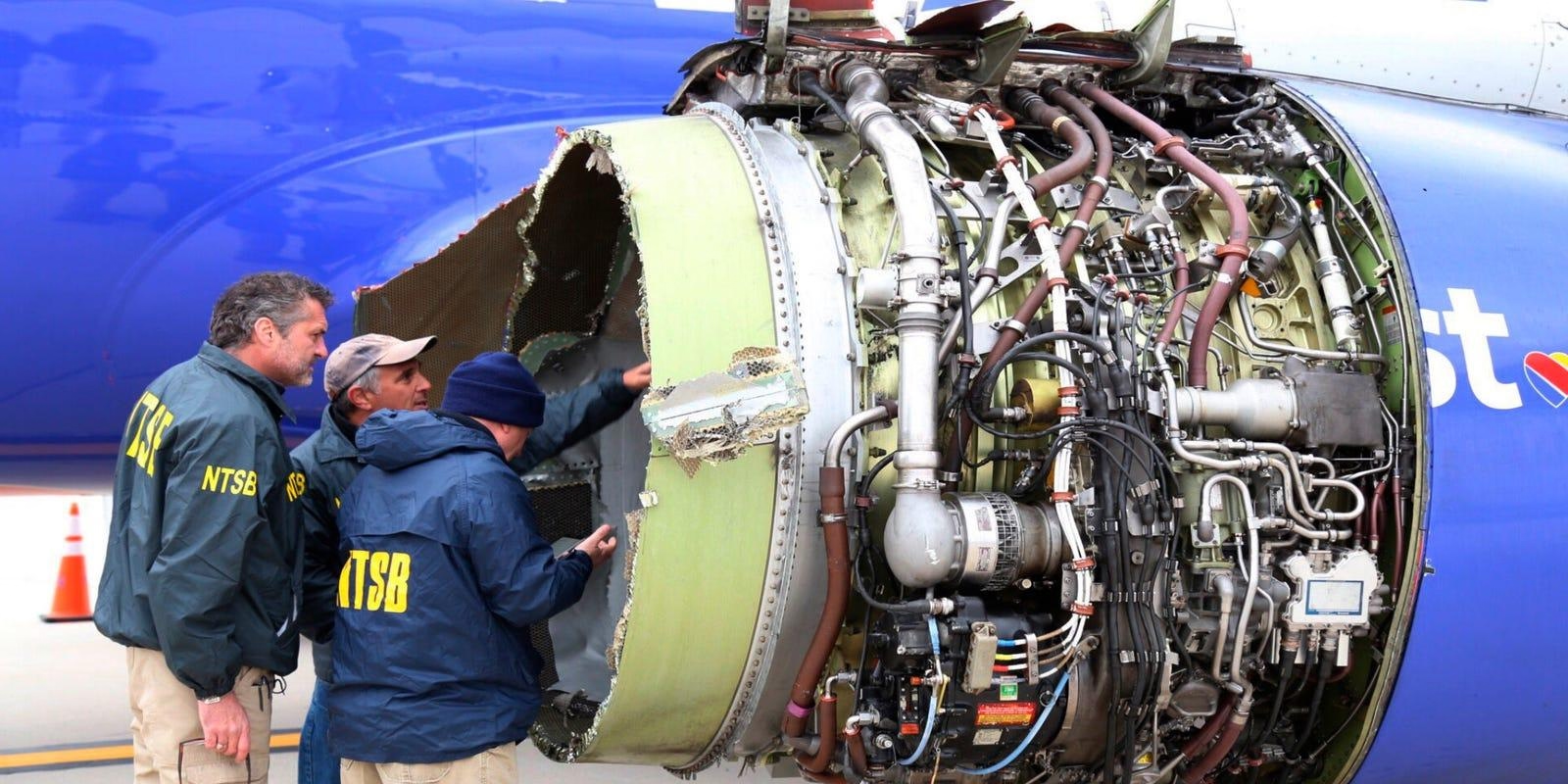
The General Electric CF6: Aviation’s Longest-Running Jet Engine Still in Service
The General Electric CF6 family of high-bypass turbofan engines represents one of the most enduring and successful powerplants in the history of aviation. Originally developed in the late 1960s and entering service in 1971, the CF6 remains in production today, primarily powering freighter and military aircraft. Its longevity is unparalleled within the commercial widebody segment, with the CF6-80C2 variant holding the distinction of having the largest installed base of any widebody engine to date.
Origins and Evolution
The CF6’s development is rooted in the General Electric TF39 engine, which was designed during the 1960s to power the Lockheed C-5 Galaxy, then the largest transport aircraft in the U.S. Air Force. Building on the TF39’s success, GE engineered the CF6 as a more powerful and efficient engine tailored for civilian widebody jets. This innovation quickly attracted interest from major airlines, including Eastern Airlines.
Over the ensuing decades, the CF6 has powered a diverse range of aircraft. Its applications include iconic models such as the Boeing 747 and 767, Airbus A300, A310, and A330, as well as the McDonnell Douglas DC-10 and MD-11. The engine also continues to serve in military aviation, notably on the Lockheed C-5M Super Galaxy and the Japanese Kawasaki C-2 military transport, which entered service with the Japan Air Self-Defense Force in 2016.
Technical Advancements
The CF6 family has undergone continuous refinement across multiple variants, each improving upon thrust, fuel efficiency, and reliability. Early models like the CF6-6 delivered 41,500 pounds of thrust with a pressure ratio of approximately 25. Later versions, such as the CF6-50 and CF6-80A, increased thrust to between 48,000 and 54,000 pounds and improved pressure ratios. The CF6-80C2 variant, the most widely installed, offers thrust ranging from 52,200 to nearly 62,000 pounds, with pressure ratios up to 31.8. The latest iteration, the CF6-80E1, delivers between 65,800 and 69,800 pounds of thrust and achieves pressure ratios as high as 34.8.
These advancements have translated into significant operational benefits. The CF6-80E1 is approximately 15% more fuel-efficient than the original CF6-6, while maintenance intervals have been extended substantially, allowing newer models to operate three times as many flights between overhauls. This combination of power, efficiency, and durability has contributed to the engine’s sustained relevance in a competitive market.
Market Position and Future Challenges
Despite its impressive track record, the CF6 faces mounting competition from newer, more fuel-efficient engines developed by rivals such as Rolls-Royce and Pratt & Whitney. Airlines and cargo operators are increasingly pressured to reduce fuel consumption and emissions, driving demand for advanced engine technologies that offer superior environmental performance. This evolving landscape may gradually erode the CF6’s dominance in the widebody engine market.
Nonetheless, the CF6 continues to be valued for its reliability, adaptability, and proven performance. GE Aerospace’s commitment to incremental innovation has ensured the engine remains a mainstay for many operators worldwide. The CF6’s enduring legacy not only secures its place in aviation history but also provides a foundation for future advancements in turbofan technology.
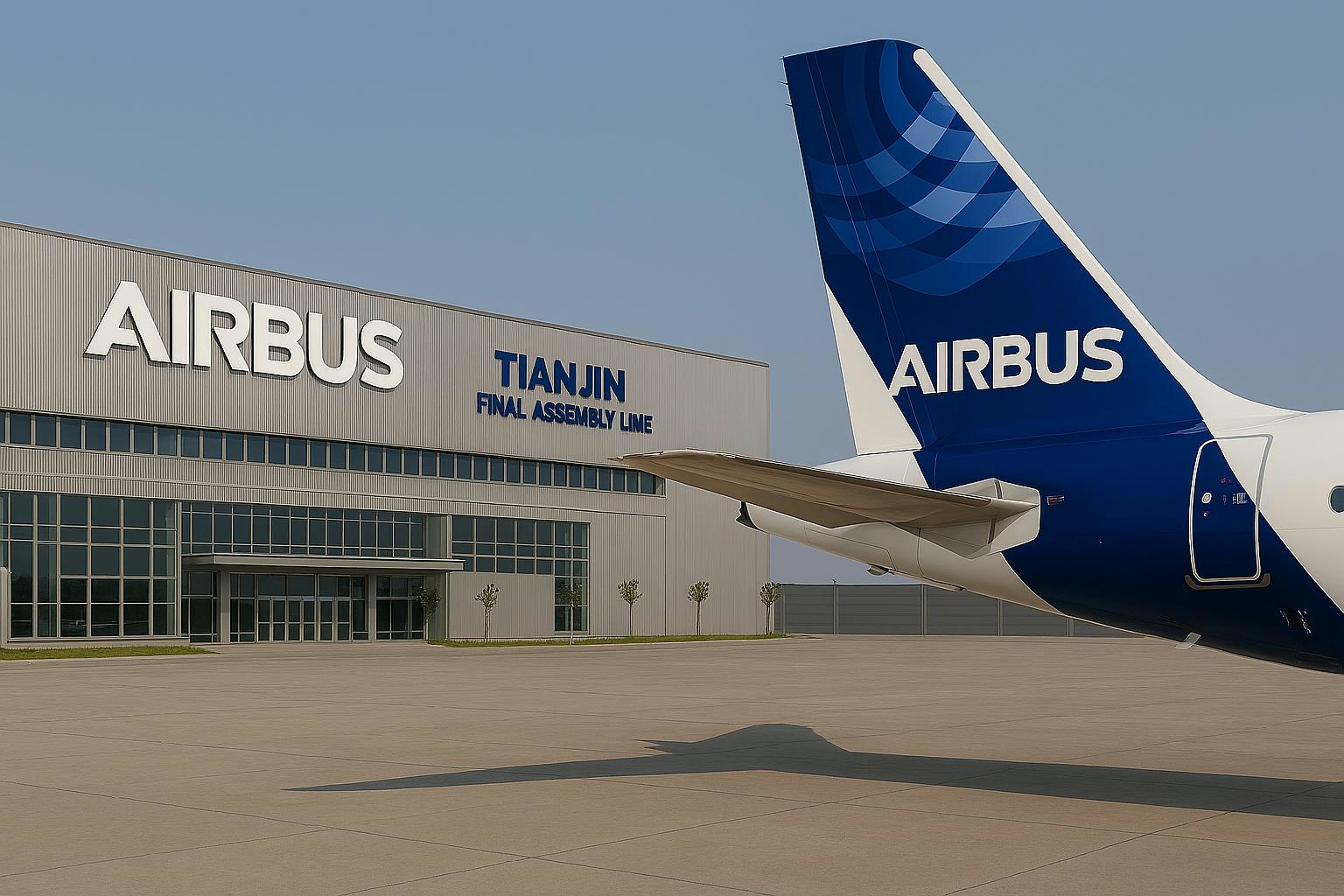
Air China Shares Rise After $9.5 Billion Airbus Jet Order

Why Airbus Chose Four Engines for the A380
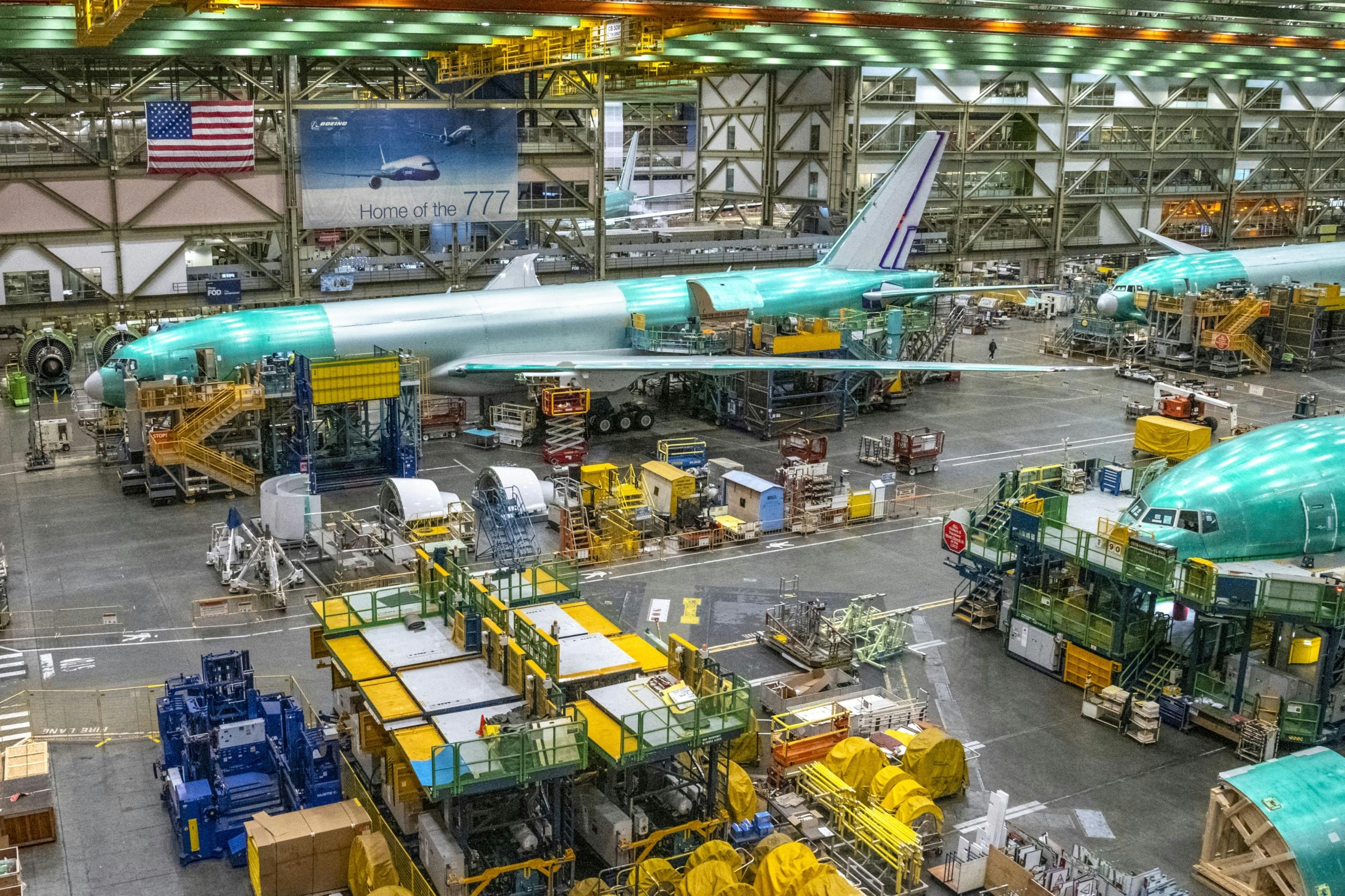
Key Defense Aviation Trends to Watch in 2026
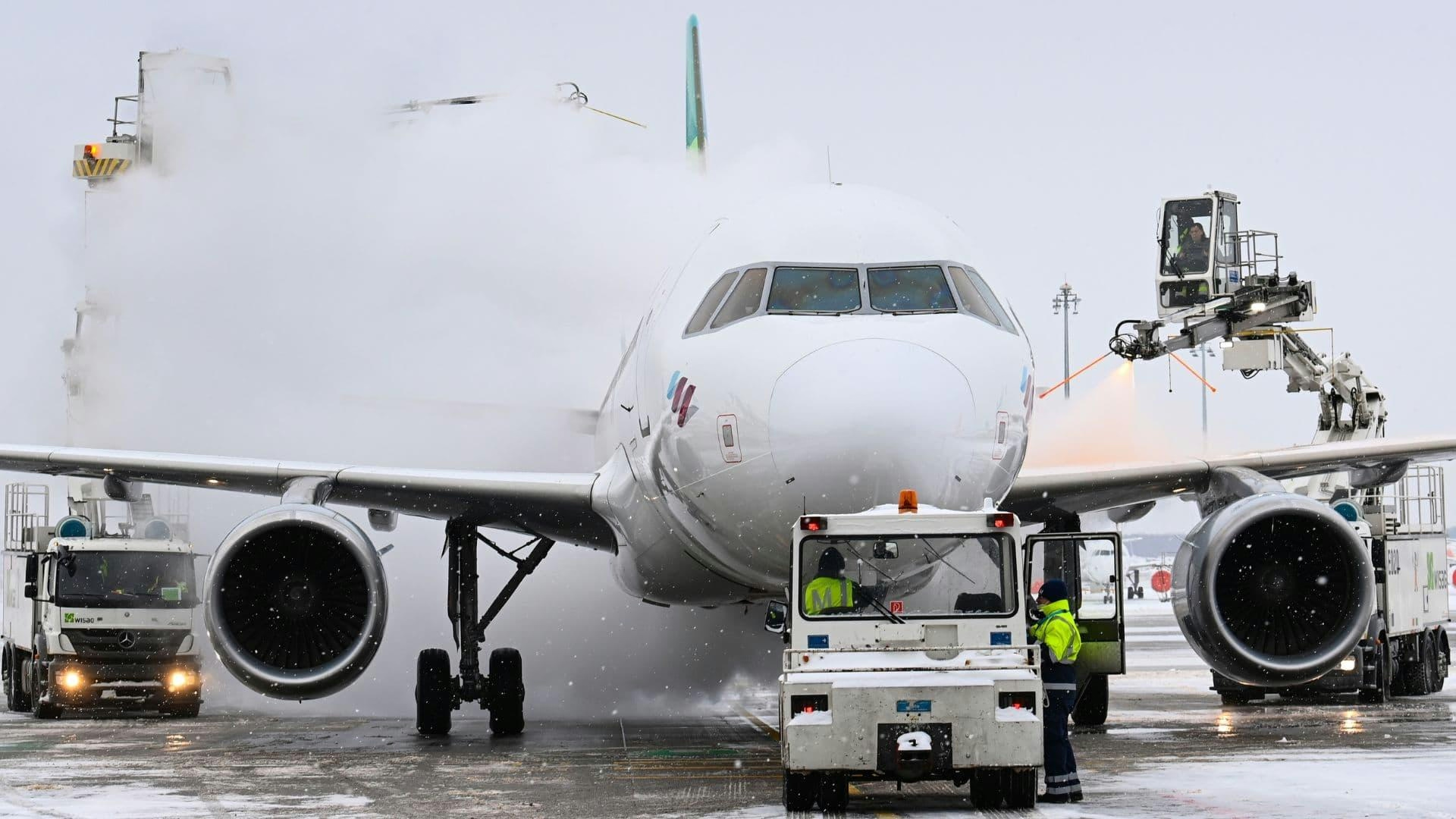
Body Lotion Additive Significantly Enhances Aircraft Anti-Icing Performance
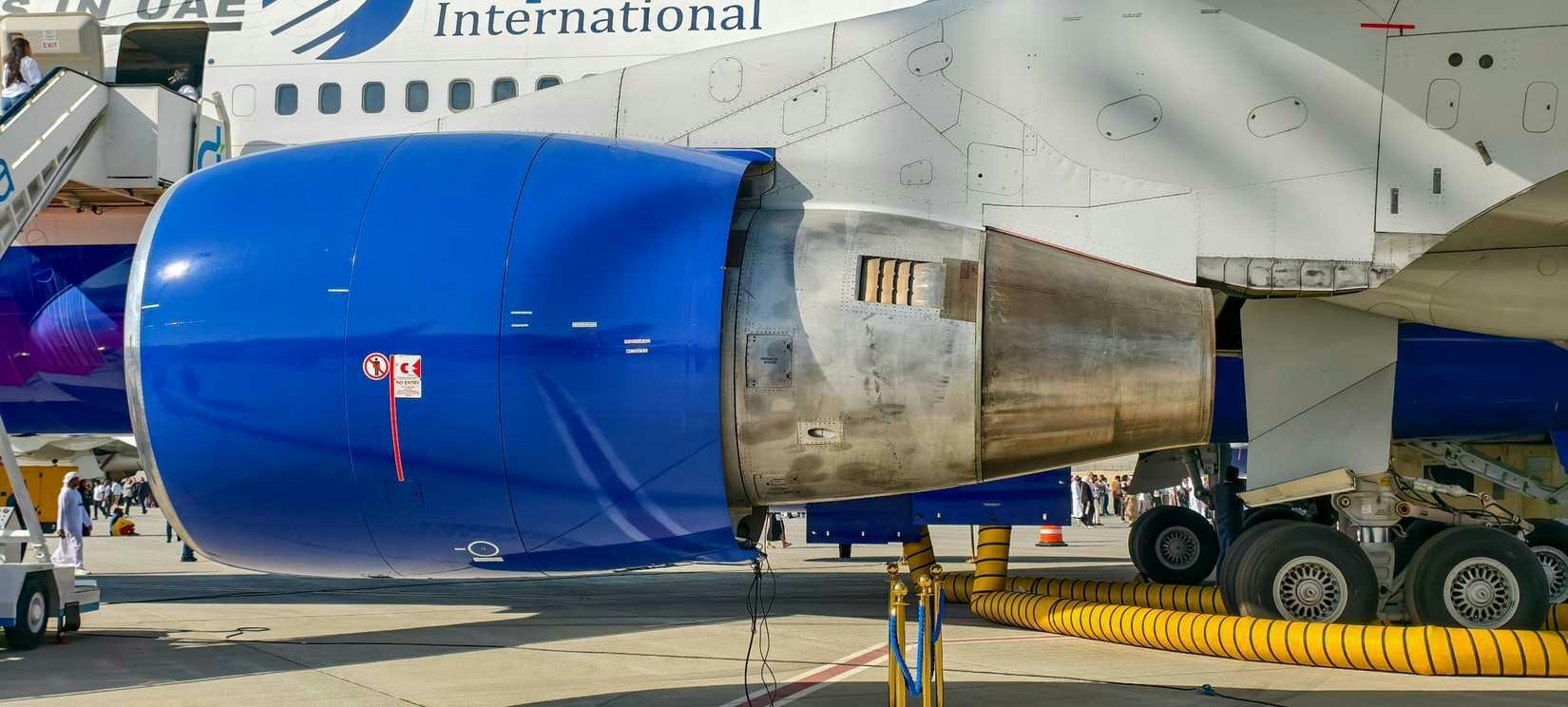
Why the Boeing 747-400 Uses Three Different Engine Types
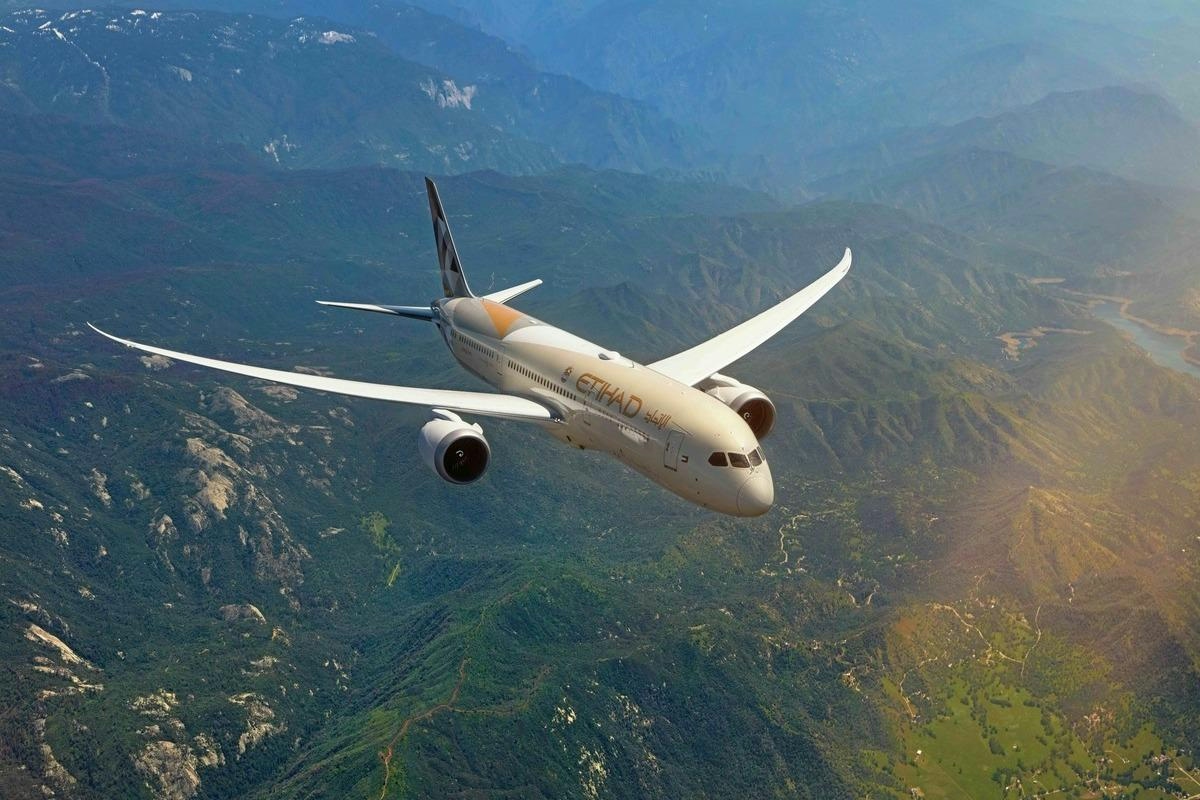
DGCA Questions AI System Over Dreamliner Operations Amid Technical Issues
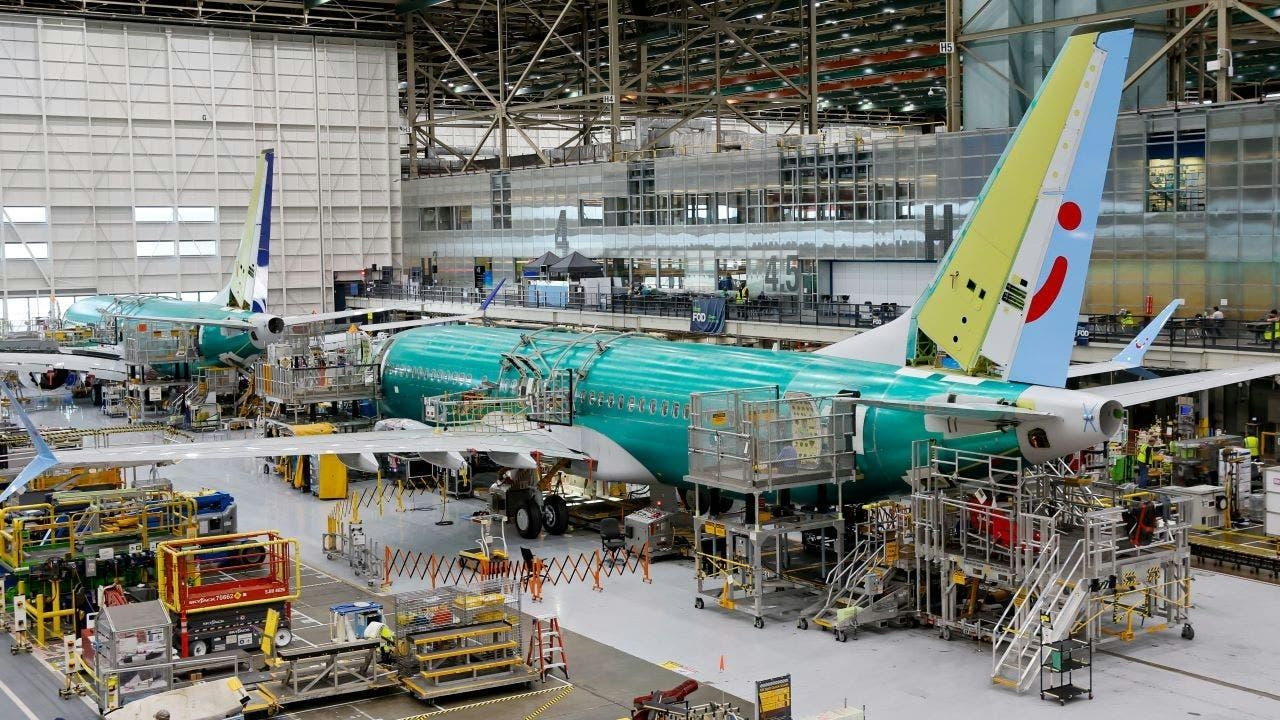
The New Aircraft Poised to Replace a Leading Narrowbody Model

The Future of Travel, According to the CEO of Europe’s Busiest Airport
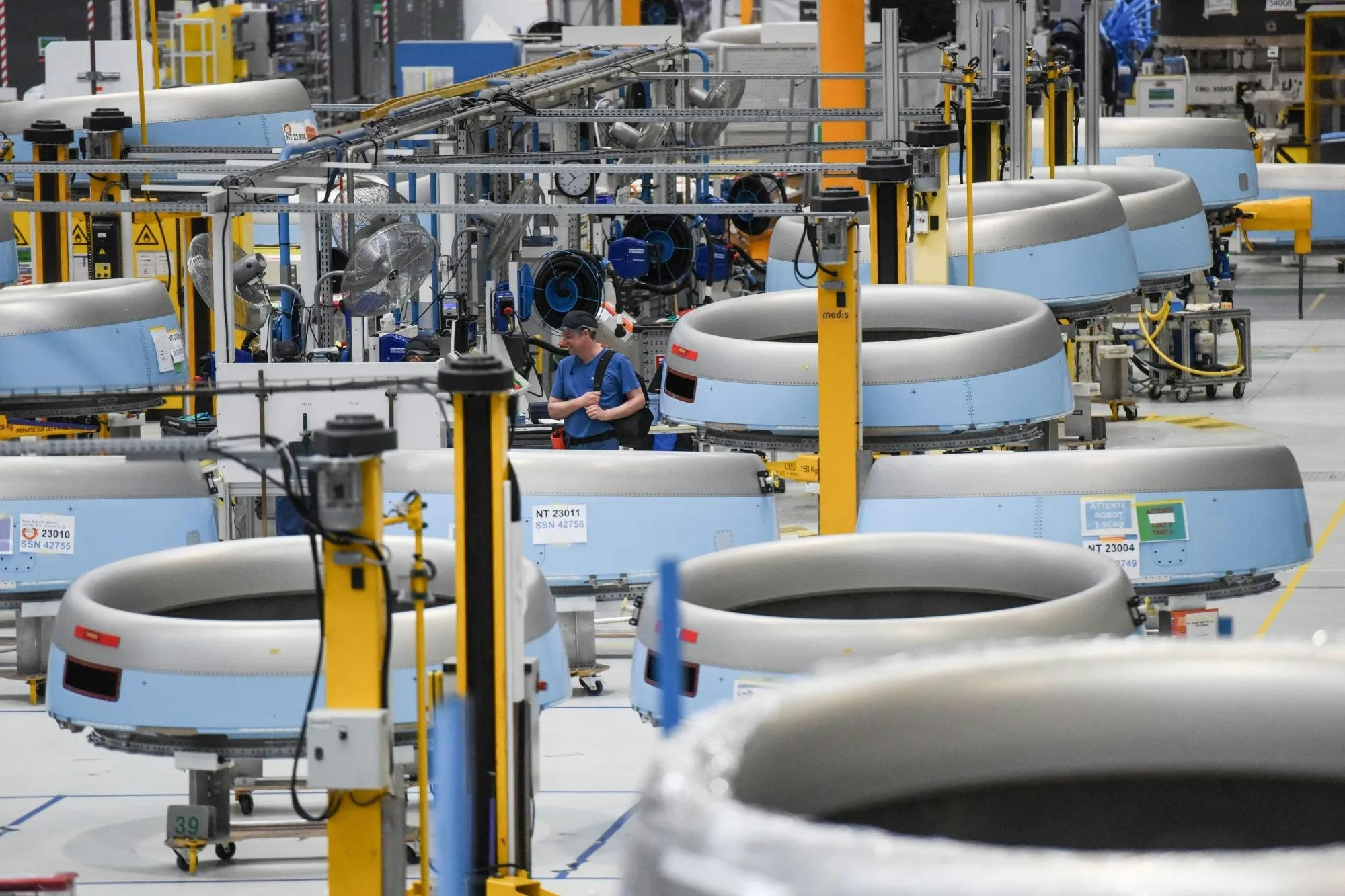
Airbus Accelerates Year-End Deliveries to Meet Targets
